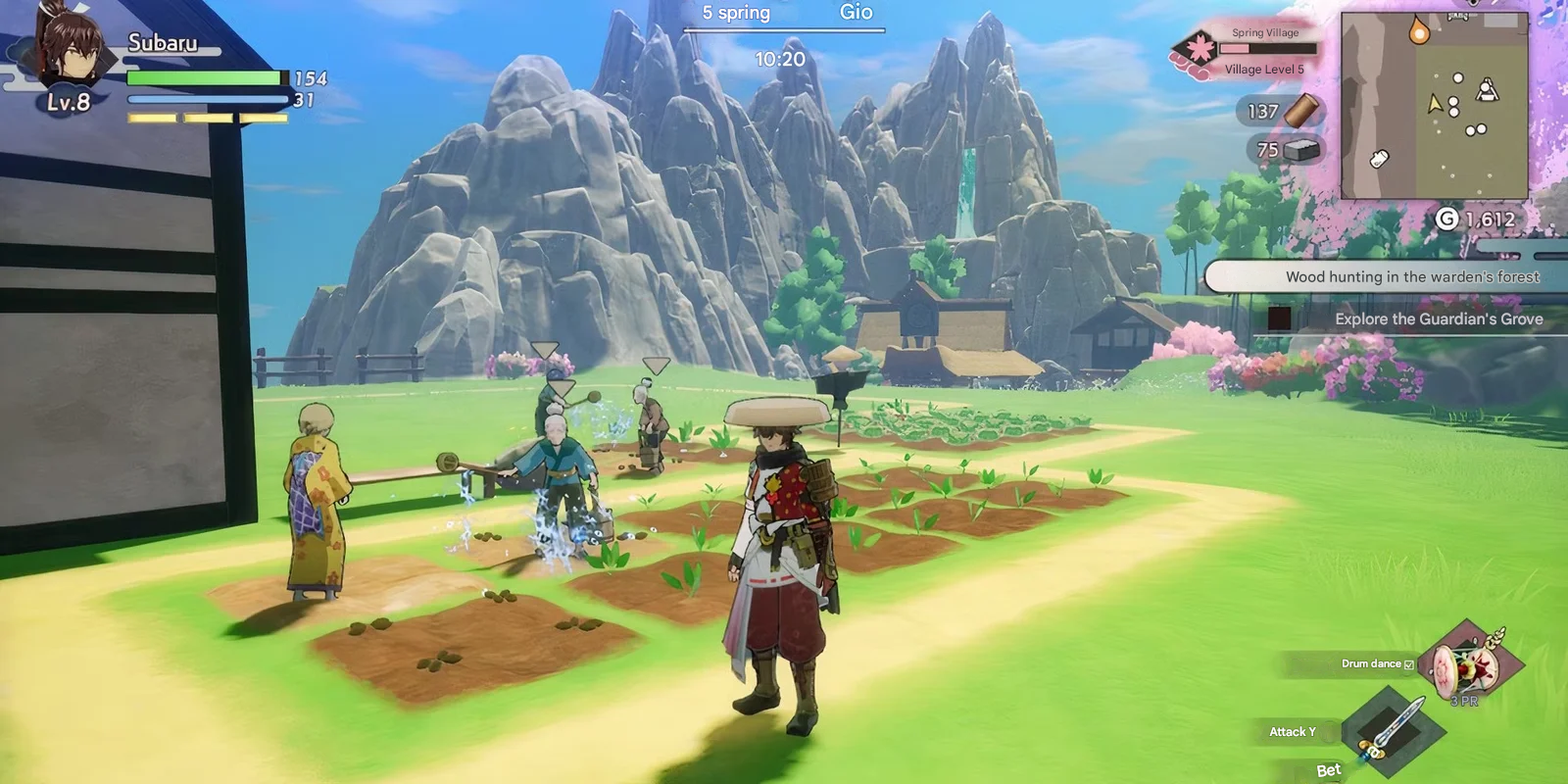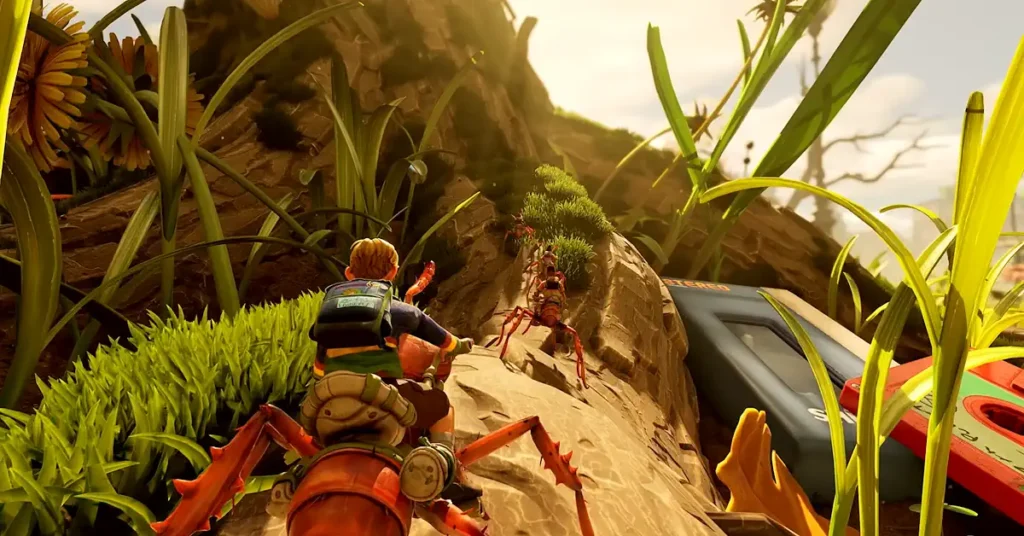If you’ve spent even a little time in Guardians of Azuma, you’ve probably noticed that villages play a much bigger role than just being pretty backdrops. Each of the four villages – Spring, Summer, Autumn, and Winter – can grow and evolve over time, but they won’t do it on their own. You’ve got to put in the work. This guide will walk you through how village leveling works, how to build smart, and why it’s worth your time.
Table of Contents
The Basics: What Makes Villages Tick
You unlock all four villages pretty early in the game, and each one levels up separately. Unlike your character, villages don’t gain experience from combat or story progression. Instead, they grow based on what you do for them – mainly through Village Quests. These quests might ask you to grow a certain crop, build something, or complete a challenge in the area.
As villages level up, you unlock more space to build, more villagers to recruit, and new features that make your life easier.
Building Zones and What You Can Place
Each village has green-marked spots called Development Zones. These are the only areas where you’re allowed to place buildings and decorations. You’ll unlock more of these zones as you level up.
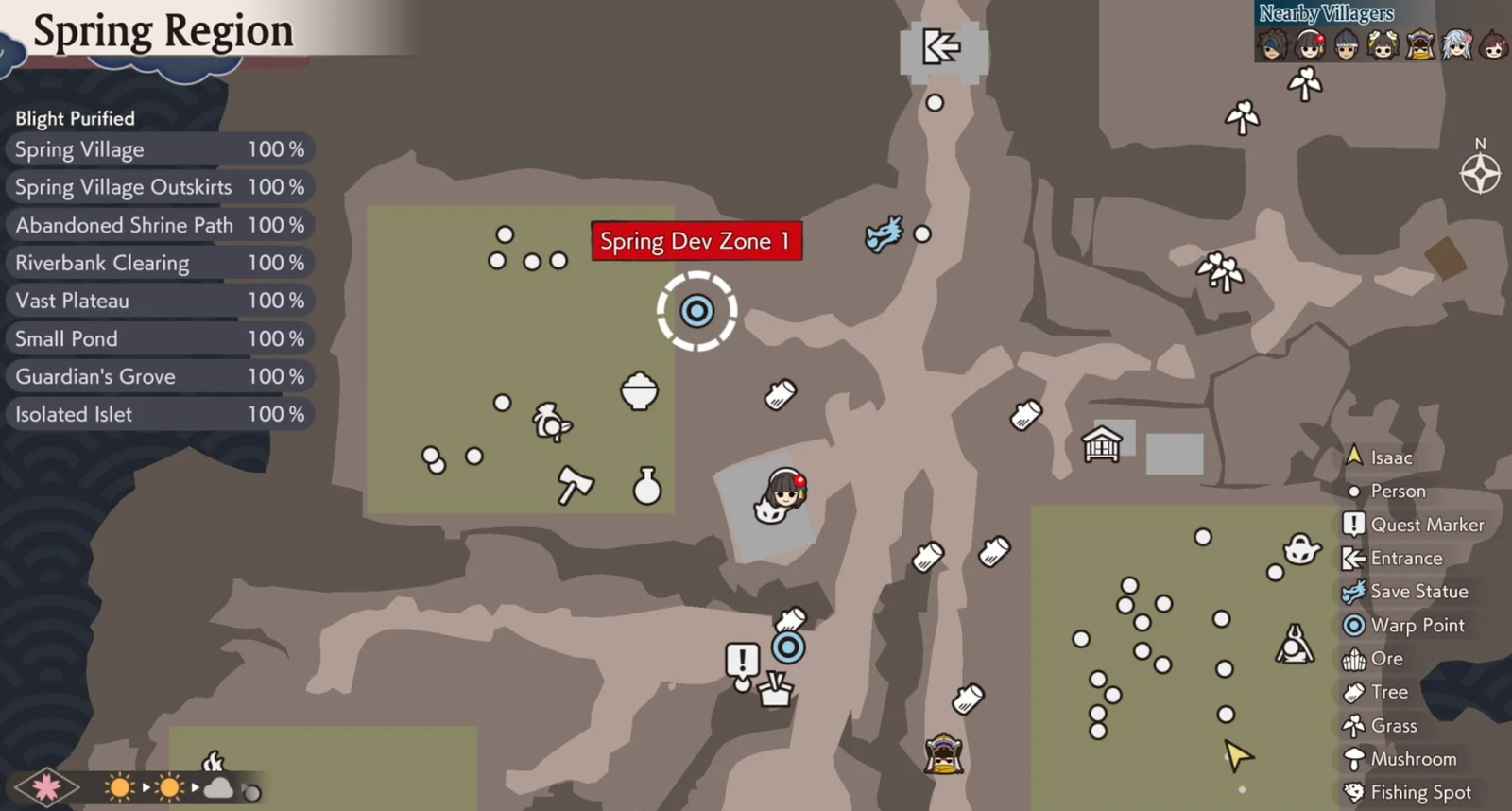
Before you start building, you’ll need a special tool called the Terra Tiller. You get it pretty early in the game, and it’s what allows you to place buildings, create fields, and check out bonus effects from what you build.
Fun tip: Autumn Village has the most buildable space, so if you’re planning something ambitious, that’s the place to do it.
Who Handles What: Setting Up Your Village
When it comes to developing land for farming or greenery, talk to Woolby while holding the Terra Tiller. He’ll help you set up the basics.
For everything else – houses, facilities, and fancy decorations – you’ll need a carpenter. Takumi is available pretty early in Spring Village and will be your go-to for most construction projects.
As your villages grow, you’ll unlock new blueprints and recipes. You can also find hidden statues or complete requests to unlock even more building options.
Why Bother Building?
Buildings and decorations aren’t just for looks – they actually give stat boosts. These bonuses might improve the village itself or help your character directly.
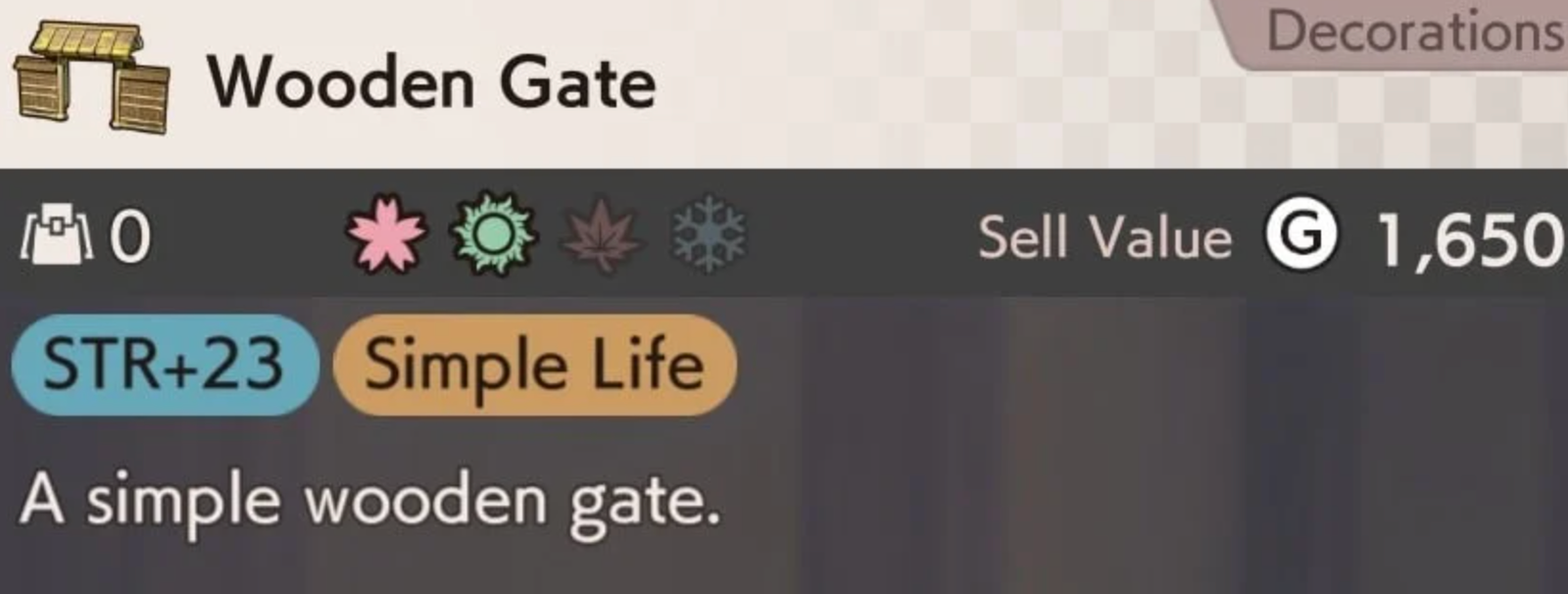
Here’s the catch: you only get the bonus once per building per village. So if you build a greenhouse in Spring Village, you won’t get another bonus for building it again there – but if you build it in Summer Village too, that bonus applies again.
Some buildings only work in specific villages, and the game will let you know where. When placing something, check the info panel – it’ll tell you what benefits you’re getting and where they apply.
Landscaping Score: More Than Just Visuals
Your Landscaping Score is basically a measure of how “complete” or “attractive” your village looks. This score increases when you place buildings and decorations – and unlike stat bonuses, you can stack items here.
A quick trick: placing a variety of items from the same category near each other boosts your score even more. It encourages you to mix things up instead of spamming one item.
How to Level Up Faster
If you want to push your villages to higher levels quickly, focus on Village Quests. They’re often pretty straightforward – things like harvesting crops, defeating a few enemies, or setting up a new building.
You don’t have to start every quest manually, either. Some of them will unlock automatically if you’ve already completed the requirements. Once you’ve got enough progress, just interact with the village shrine (or the village god) to level up and unlock new features.
Farming: Easier, But Still Important
Farming plays a big role in how your village develops. Thankfully, it’s less grindy than in older Rune Factory games because your villagers can help out.
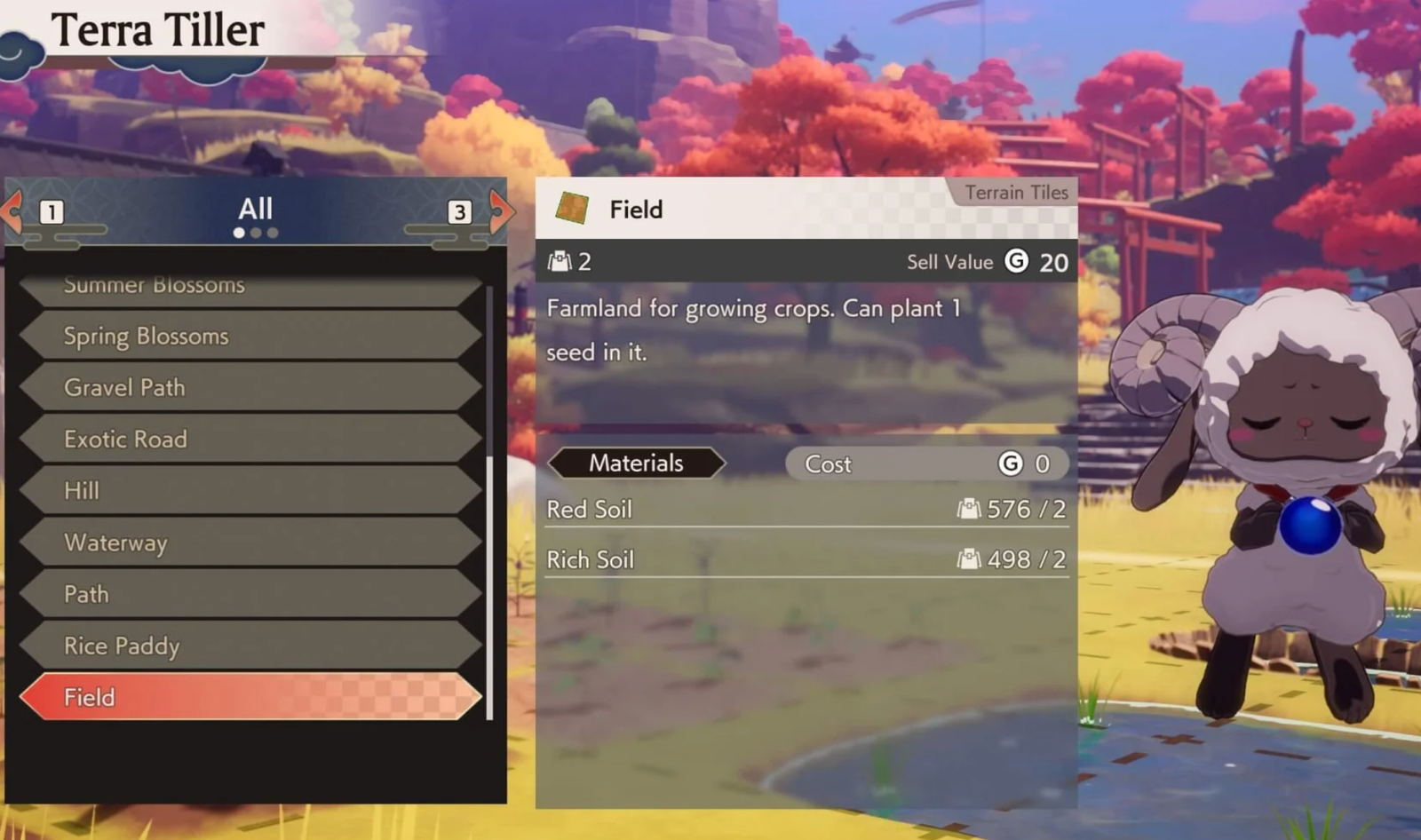
To farm, you need Field Tiles. Ask Woolby to build them for you. Some crops, like rice and sticky rice, require special tiles called Rice Paddies, which you unlock later in Autumn Village.
Once your field is set up, plant seeds through the build menu and water them manually (unless you’ve got villagers doing it for you). When you harvest, you’ll get the crop and the seed back, making it sustainable.
Want to automate the process? Assign villagers to your fields, and they’ll water, harvest, and replant for you.
Special Tools That Help You Farm
There are a few unique items – called Sacred Treasures – that make farming easier:
- Sacred Drum: Speeds up crop growth
- Sacred Sword: Destroys the crop but gives you extra seeds (and sometimes better ones)
- Sacred Fan: Lets you harvest multiple crops at once
- Sacred Parasol: Waters multiple crops at once
They’re not essential, but once you get them, you’ll wonder how you managed without them.
Villagers: The Real Power Behind Your Village
Villagers aren’t just background characters – they’re the ones keeping your systems running. As your villages level up, you can assign people to different jobs based on their skills and qualities.
Some jobs, like blacksmithing or shopkeeping, require specific talents. Others, like farming or fishing, just benefit from having high stats.
Hit the population limit? You can evict villagers to make room for better ones. You don’t have to, but if you’re trying to optimize your setup, it’s a useful option.
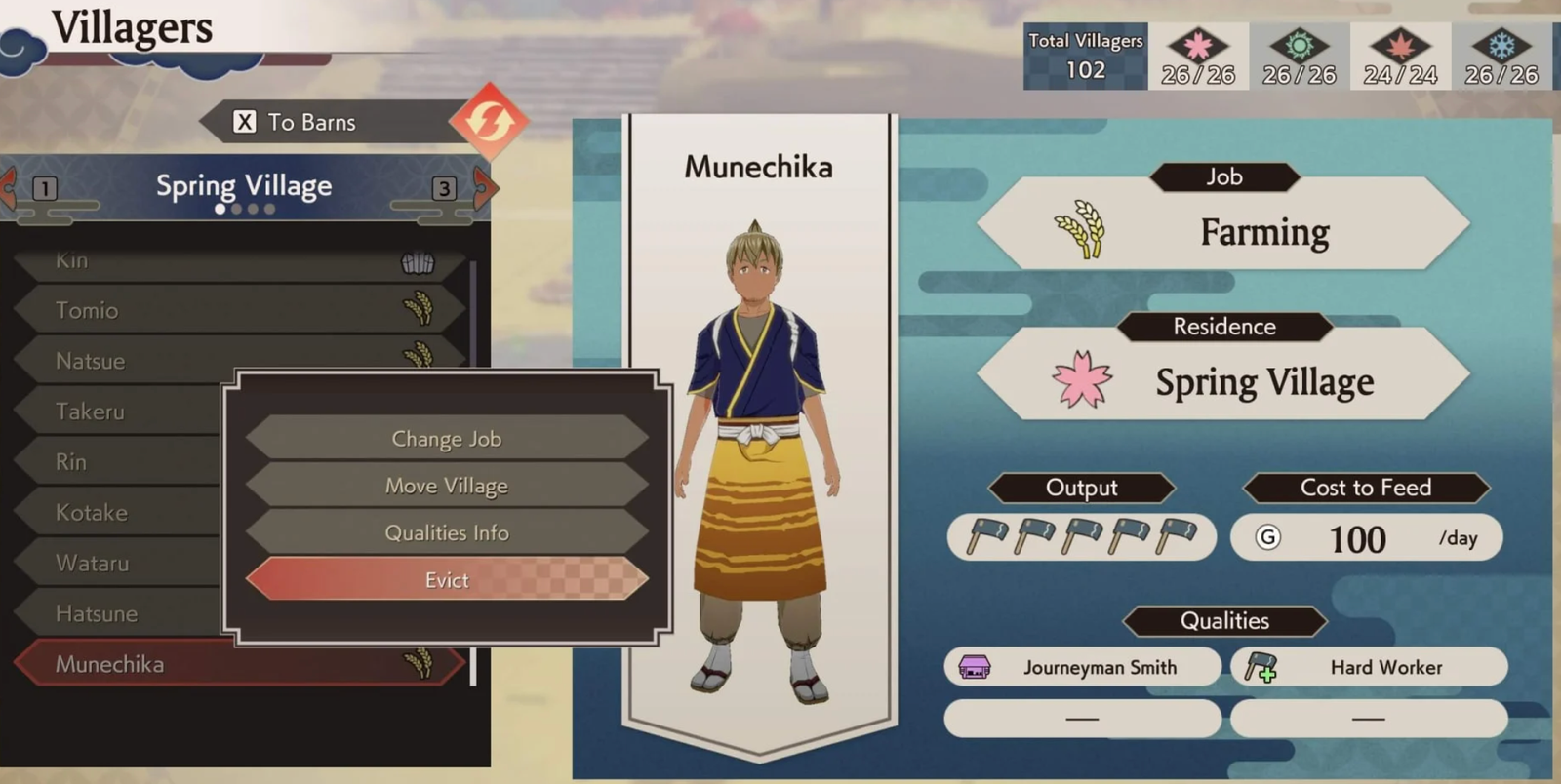
Villager Jobs – Who Does What?
Here are the main roles you can assign:
- Farmers: Water, harvest, and replant crops
- Lumberjacks: Gather wood for construction
- Fishers: Catch seasonal fish
- Miners: Collect stones and ores
- Breeders: Handle monster barns and gather drops
- Merchants: Run shops and make you money
Villagers automatically send what they gather to the shipping bin each day – unless you grab it first. Merchants earn a set income daily, plus whatever they sell from your village’s goods.
Final Thoughts
Leveling up villages in Guardians of Azuma might seem like a side project at first, but it quickly becomes a core part of the experience. From unlocking new content to making everyday tasks easier, every upgrade pays off.
Take your time, plan smart, and don’t be afraid to experiment. A well-built village doesn’t just look good – it works hard for you, too.

